Want to know more about the Best Schools For International Relations In the US and make an informed decision? Here is a good place to start.
In today’s increasingly interconnected and globalized world, pursuing a degree in international relations has become more important than ever.
As a result, many students are seeking top-notch educational institutions to help them develop the skills and knowledge required to navigate complex global issues and excel in their careers.
In this blog post, we will explore the top international relations programs across the United States, taking a closer look at their unique programs, distinguished faculty, and exceptional resources.
Let’s dive in and discover the top institutions that can shape your future in the fascinating world of international relations.
Please note that schools are selected based on our criteria (at the end of the article), ranked by the latest acceptance rate.
Table of Contents
#25. Michigan State University
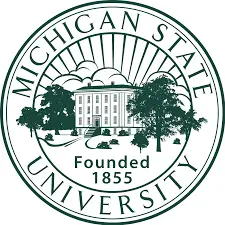

- Acceptance rate: 76%
- Average entry score: 1109-1320 SAT or 23-29 ACT
- Student-to-faculty ratio: 16 to 1
- Estimated cost of attendance (tuition and fees): $29,184-$54,590
- Average earning potential for graduates: $42,937 (College Factual)
Michigan State’s International Relations program lays a strong foundation in political science, economics, history, and language studies.
Students can tailor their coursework to focus on specific regions or global issues, engaging in study abroad programs, internships, and research opportunities to develop the skills necessary for thriving international relations careers.
This program equips students with the tools to understand and shape political dynamics in a globalized world. Graduates of MSU’s International Relations program are prepared to pursue careers in government, non-profit organizations, business and education.
Source: Michigan State University
What’s it like to study at Michigan State University?
#24. The Ohio State University
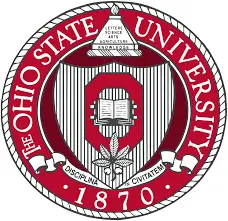

- Acceptance rate: 57%
- Average entry score: 1210-1430 SAT or 26-32 ACT
- Student-to-faculty ratio: 18 to 1
- Estimated cost of attendance (tuition and fees): $29,368-$52,451
- Average earning potential for graduates: $31,674 (College Factual)
Ohio State’s International Studies program takes an interdisciplinary approach to global matters, weaving together political science, economics, history, and languages.
Students can concentrate on particular regions or global challenges, participating in study abroad programs, internships, and research projects to develop the expertise necessary for international relations careers.
You might also like:
- 10 Highest Paying Geography Jobs to Consider 2024
- International Relations of the Asia-Pacific Impact Factor
- 10 Highest Paying Sociology Jobs to Consider 2024
- 12 Highest Paying Linguist Jobs 2024
Source: The Ohio State University
#23. University of Georgia
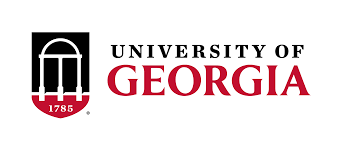

- Acceptance rate: 55%
- Average entry score: 1270-1450 SAT or 29-33 ACT
- Student-to-faculty ratio: 17 to 1
- Estimated cost of attendance (tuition and fees): $27,958-$46,998
- Average earning potential for graduates: $34,590 (College Factual)
UGA’s International Affairs program combines diverse disciplines, including political science, economics, history, and language studies, to provide interdisciplinary learning.
Students can specialize in areas such as global security, international development, or regional studies while participating in study abroad programs and internships, gaining practical experience and excelling in international relations careers.
UGA’s international relations graduates have gone on to work as lawyers, policy makers, activists and business leaders.
Source: University of Georgia
You might also like:
- 25 Best Political Science Schools In The US
- 25 Best Social Sciences Schools In The US
- 25 Best Multidisciplinary Schools In The US
- 25 Best Liberal Arts Colleges
#22. Washington University in St. Louis
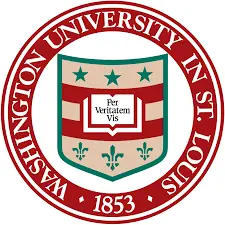
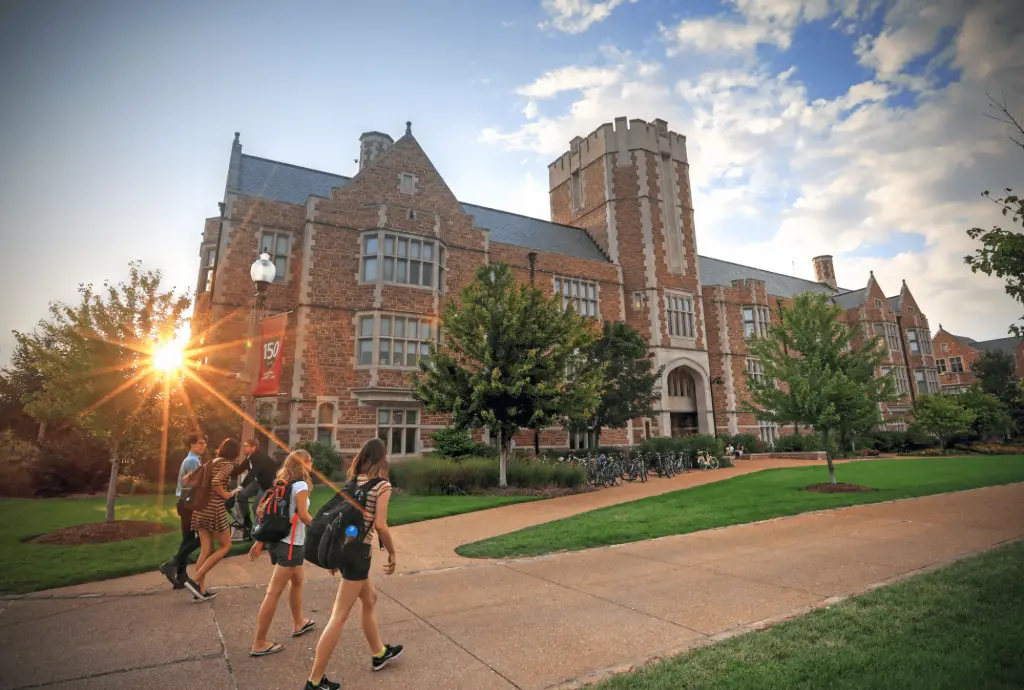
- Acceptance rate: 54%
- Average entry score: 1220-1470 SAT or 29-34 ACT
- Student-to-faculty ratio: 9 to 1
- Estimated cost of attendance (tuition and fees): $30,640-$58,470
- Average earning potential for graduates: $50,470 (Grad Reports)
WashU’s International and Area Studies program emphasizes interdisciplinary learning, combining political science, economics, history, and languages to provide students with a comprehensive understanding of global issues. Students can choose to focus on specific regions or global issues, tailoring their education accordingly.
WashU encourages students to participate in study abroad programs, internships, and research projects, providing valuable real-world experience and fostering global awareness. The program’s strong focus on research and collaboration prepares students for successful careers in government, NGOs, and international organizations.
Source: Washington University in St. Louis
Similar articles like this:
- 25 Best Architecture Schools In The US
- 25 Best Biophysics Schools In The US
- 25 Best Political Science Schools In The US
- 25 Best Social Sciences Schools In The US
- 25 Best Multidisciplinary Schools In The US
- Top 30 Majors Most Likely To Change The World In The Next Decade
#21. University of California, Davis
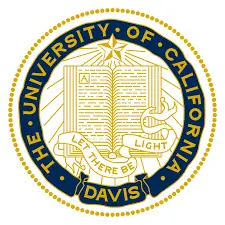

- Acceptance rate: 49%
- Average entry score: 1160-1460 SAT
- Student-to-faculty ratio: 21 to 1
- Estimated cost of attendance (tuition and fees): $37,122-$66,876
- Average earning potential for graduates: $31,800 (College Simply)
The International Relations major at UC Davis offers a blend of political science, economics, history, and languages, enabling students to focus on particular regions or global challenges.
Participation in study abroad programs, internships, and research opportunities helps students develop the skills and knowledge required for thriving international relations careers.
UC Davis boasts a diverse and accomplished faculty, a supportive learning environment, and access to resources like the Institute of Governmental Affairs, which fosters collaboration and research in global issues.
Source: UC Davis
You might also like:
- 25 Best Social Sciences Schools In The US
- 25 Best Political Science Schools In The US
- 25 Best Multidisciplinary Schools In The US
- 25 Best Liberal Arts Colleges
- 10 Highest Paying Political Science Jobs to Consider
#20. University of California San Diego
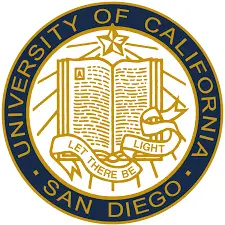
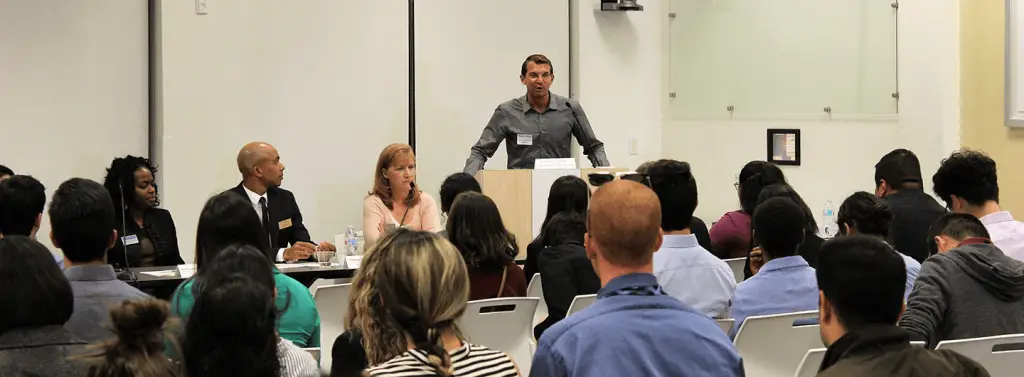
- Acceptance rate: 34%
- Average entry score: 1270-1480 SAT or 28-34 ACT
- Student-to-faculty ratio: 12 to 1
- Estimated cost of attendance (tuition and fees): $36,061-$65,835
- Average earning potential for graduates: $41,542 (College Factual)
UCSD’s International Studies program embraces an interdisciplinary perspective on global matters, encompassing political science, economics, history, and languages.
Students can specialize in specific regions or global challenges, participating in study abroad programs, internships, and research projects to acquire practical experience and expertise in international relations.
The program’s accomplished faculty and strong connections to research centers, such as the Institute of International, Comparative, and Area Studies (IICAS), provide students with unparalleled support and resources.
Source: University of California San Diego
You might also like:
- 25 Best Social Sciences Schools In The US 2023
- 25 Best Multidisciplinary Schools In The US 2023
- 25 Best Political Science Schools In The US 2023
- Top 30 Majors Most Likely To Change The World In The Next Decade
- 10 Highest Paying Geography Jobs to Consider 2023
#19. Case Western Reserve University
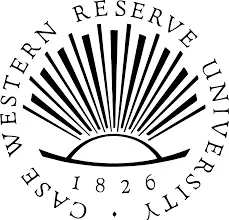

- Acceptance rate: 30%
- Average entry score: 1420-1510 SAT or 32-35 ACT
- Student-to-faculty ratio: 9 to 1
- Estimated cost of attendance (tuition and fees): $62,234
- Average earning potential for graduates: $38,290 (Grad Reports)
Case Western’s International Studies program builds a solid foundation in political science, economics, history, and language studies.
Students can customize their coursework to focus on specific regions or global issues, engaging in study abroad programs, internships, and research opportunities to acquire practical experience and excel in international relations careers.
Graduates leave with the knowledge and skills to succeed as international relations professionals in a variety of fields including business, government, nonprofits and more.
Source: Case Western Reserve University
You might also like:
- 25 Best Social Sciences Schools In The US
- 25 Best Multidisciplinary Schools In The US
- 25 Best Liberal Arts Colleges
- 25 Best Political Science Schools In The US
- 10 Highest Paying Geography Jobs to Consider
What’s it like to study at Case Western Reserve University?
#18. University of Virginia
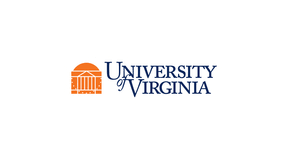

- Acceptance rate: 20%
- Average entry score: 1320-1510 SAT or 30-34 ACT
- Student-to-faculty ratio: 15 to 1
- Estimated cost of attendance (tuition and fees): $36,840-$70,808
- Average earning potential for graduates: $45,350 (College Factual)
UVA’s Global Studies major adopts a flexible approach, merging disciplines like political science, economics, history, and languages. Students can concentrate on particular regions or global challenges and engage in study abroad programs and internships.
The program’s diverse faculty, with expertise in various fields, creates a collaborative learning environment. Students benefit from small class sizes, research opportunities, and access to numerous resources, equipping them for careers in the international relations sphere.
Source: UVA Arts & Sciences
Similar articles like this:
- 25 Best Political Science Schools In The US 2024
- 25 Best Social Sciences Schools In The US 2024
- 25 Best Multidisciplinary Schools In The US 2024
- Top 30 Majors Most Likely To Change The World In The Next Decade
- 25 Best Liberal Arts Colleges 2024
#17. Boston University


- Acceptance rate: 19%
- Average entry score: 1360-1520 SAT or 31-35 ACT
- Student-to-faculty ratio: 10 to 1
- Estimated cost of attendance (tuition and fees): $79,606
- Average earning potential for graduates: $38,920 (College Factual)
Boston University’s International Relations program fosters a comprehensive understanding of global matters through diverse coursework in political science, economics, history, and languages. The program encourages hands-on learning through internships, study abroad experiences, and research opportunities in Boston and beyond.
Students benefit from BU’s renowned faculty, strong connections to international organizations, and the Pardee School of Global Studies, which offers interdisciplinary research centers, enriching the undergraduate experience and preparing students for successful international relations careers.
Source: Boston University
You might also like:
- 25 Best Schools For Insurance Degrees In The US
- 25 Best Political Science Schools In The US
- 10 Highest Paying Political Science Jobs to Consider
- 10 Highest Paying Social Science Jobs to Consider
- 25 Best Gerontology Schools In The US
#16. Georgia Institute of Technology
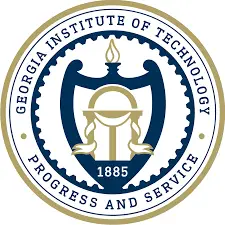

- Acceptance rate: 16%
- Average entry score: 1390 SAT
- Student-to-faculty ratio: 21 to 1
- Estimated cost of attendance (tuition and fees): $31,898-$53,010
- Average earning potential for graduates: $57,929 (College Factual)
Georgia Tech’s International Affairs program offers a comprehensive understanding of global matters through diverse coursework in political science, economics, history, and languages.
Emphasizing experiential learning through internships, study abroad programs, and research opportunities, the program prepares students to become adept international relations professionals.
Students graduate from the program with a strong understanding of political science and international relations theory, as well as the ability to apply this knowledge in real-world scenarios.
Source: Sam Nunn School of International Affairs
#15. Carnegie Mellon University
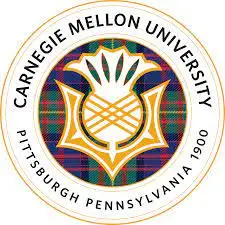

- Acceptance rate: 14%
- Average entry score: 1480-1560 SAT or 33-35 ACT
- Student-to-faculty ratio: 6 to 1
- Estimated cost of attendance (tuition and fees): $77,474
- Average earning potential for graduates: $61,400 (College Simply)
Carnegie Mellon’s International Relations and Politics program offers a multidisciplinary curriculum that combines political science, economics, history, and foreign languages, providing students with a comprehensive understanding of international affairs.
The program emphasizes the development of critical thinking and analytical skills, preparing students for careers in government, NGOs, and international organizations.
Carnegie Mellon’s strong connections to industry and policy-making institutions provide students with unique opportunities for internships and research projects, further enhancing their professional development and global perspective.
Source: Carnegie Mellon University
What’s it like to study at Carnegie Mellon University?
#14. Emory University


- Acceptance rate: 13%
- Average entry score: 1420-1540 SAT or 32-34 ACT
- Student-to-faculty ratio: 9 to 1
- Estimated cost of attendance (tuition and fees): $75,594
- Average earning potential for graduates: $45,984 (College Factual)
Emory’s International Studies major provides a strong foundation in political science, economics, history, and language studies, equipping students with the knowledge and skills needed to navigate the complex world of international affairs.
The program allows students to specialize in specific regions or global issues, enabling them to tailor their education to their interests and career goals. Emory encourages students to participate in study abroad programs, internships, and research opportunities, providing valuable real-world experience and fostering a global perspective.
The program’s emphasis on critical thinking and analytical skills prepares students for successful careers in diplomacy, international organizations, and academia.
Source: Emory College of Arts and Sciences
Similar articles like this:
#13. University of Southern California
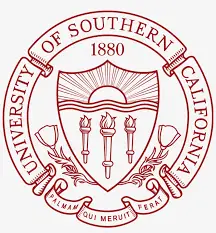
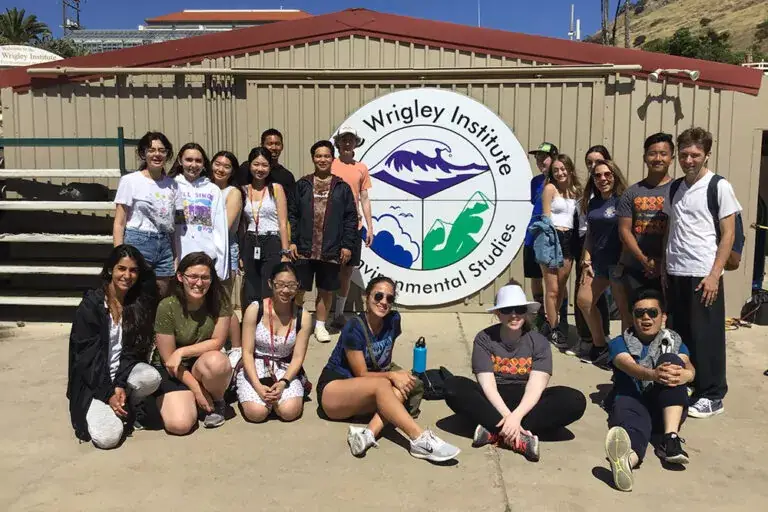
- Acceptance rate: 13%
- Average entry score: 1320-1520 SAT or 30-34 ACT
- Student-to-faculty ratio: 9 to 1
- Estimated cost of attendance (tuition and fees): $60,446
- Average earning potential for graduates: $48,625 (College Factual)
USC’s International Relations program emphasizes interdisciplinary learning, combining political science, economics, history, and language studies to provide students with a well-rounded understanding of global issues.
Students can specialize in areas such as global security, international development, or regional studies, tailoring their education to their interests and career goals.
USC encourages students to participate in study abroad programs and internships, providing valuable real-world experience and fostering global awareness.
The program’s strong focus on research, collaboration, and professional development prepares students for successful careers in diplomacy, international organizations, and academia.
Source: USC Academics
#12. Georgetown University


- Acceptance rate: 12%
- Average entry score: 1380-1550 SAT or 31-35 ACT
- Student-to-faculty ratio: 11 to 1
- Estimated cost of attendance (tuition and fees): $78,754
- Average earning potential for graduates: $44,920 (College Factual)
Georgetown’s School of Foreign Service offers a comprehensive International Relations program, emphasizing interdisciplinary learning in political science, economics, history, and languages.
The program’s location in Washington, D.C., provides students with unparalleled access to government institutions, think tanks, and international organizations.
Georgetown’s strong emphasis on research, experiential learning, and professional development prepares students for successful careers in diplomacy, international organizations, and academia.
The program’s prestigious reputation and extensive alumni network offer students valuable connections and opportunities in the field of international relations.
Source: Department of Government
What’s it like to study at Georgetown University?
#11. Tufts University
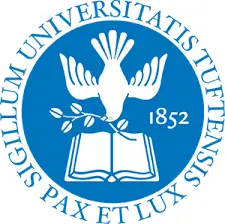

- Acceptance rate: 11%
- Average entry score: 1440-1550 SAT or 33-35 ACT
- Student-to-faculty ratio: 9 to 1
- Estimated cost of attendance (tuition and fees): $81,700
- Average earning potential for graduates: $48,432 (College Factual)
The International Relations program at Tufts emphasizes a well-rounded education in political science, economics, history, and language studies.
Students can tailor their studies to focus on specific regions or global issues, while experiential learning through study abroad, internships, and research opportunities cultivates skilled international relations professionals.
The Fletcher School of Law and Diplomacy, Tufts’ renowned graduate school, offers networking opportunities and guest lectures, enriching the undergraduate experience and providing valuable connections for future careers.
Source: School of Arts and Sciences
You might also like:
What’s it like to study at Tufts University?
#10. New York University
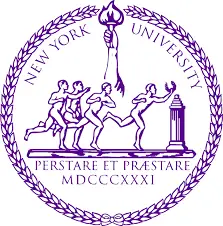

- Acceptance rate: 10%
- Average entry score: 1455 SAT or 33 ACT
- Student-to-faculty ratio: 8 to 1
- Estimated cost of attendance (tuition and fees): $80,878
- Average earning potential for graduates: $51,699 (College Factual)
NYU’s International Relations program combines coursework in political science, economics, history, and languages, offering students a comprehensive understanding of global issues.
The program encourages experiential learning through internships, study abroad programs, and research opportunities in New York City and beyond. NYU’s location in one of the world’s most diverse and dynamic cities provides students with unique opportunities for networking and cultural immersion.
The program’s emphasis on critical thinking and analytical skills prepares students for successful careers in government, NGOs, international organizations, and academia.
Source: NYU
Similar articles like this:
#9. Johns Hopkins University
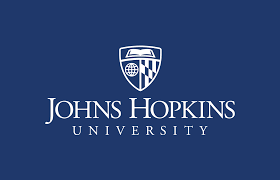

- Acceptance rate: 8%
- Average entry score: 1510-1570 SAT or 34-35 ACT
- Student-to-faculty ratio: 7 to 1
- Estimated cost of attendance (tuition and fees): $78,657
- Average earning potential for graduates: $69,105 (College Factual)
Johns Hopkins University’s International Studies program is rooted in political science, economics, and history, with a strong emphasis on language proficiency.
Students have the opportunity to specialize in areas such as global security, international development, or regional studies, tailoring their education to their specific interests. The program encourages students to participate in study abroad programs and internships, providing valuable real-world experience and a global perspective.
Johns Hopkins’ reputation for excellence in international studies makes it an ideal choice for those looking to make a lasting impact in the field.
Source: Johns Hopkins University
#8. University of Chicago
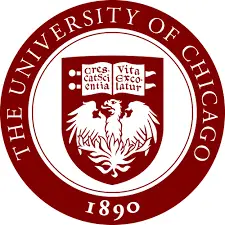

- Acceptance rate: 7%
- Average entry score: 1510-1580 SAT or 33-35 ACT
- Student-to-faculty ratio: 5 to 1
- Estimated cost of attendance (tuition and fees): $85,536
- Average earning potential for graduates: $57,929 (College Factual)
The University of Chicago’s international relations program boasts an interdisciplinary approach to understanding global issues, setting it apart from other programs.
Students engage in rigorous coursework that explores the historical, political, and economic dimensions of international relations, while honing their research and analytical skills.
The program’s emphasis on intellectual inquiry and debate encourages students to challenge conventional wisdom and develop innovative solutions to global problems, making it a top choice for those seeking a dynamic and engaging educational experience.
Source: UChicago College Admissions
#7. Northwestern University
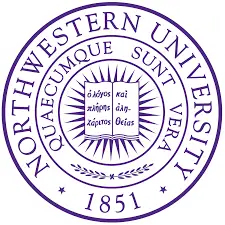

- Acceptance rate: 7%
- Average entry score: 1440-1550 SAT or 33-35 ACT
- Student-to-faculty ratio: 6 to 1
- Estimated cost of attendance (tuition and fees): $62,391
- Average earning potential for graduates: $46,000 (College Simply)
Northwestern’s International Studies program offers an interdisciplinary approach to understanding global issues, providing students with a well-rounded education in political science, economics, history, and languages.
The program encourages students to participate in study abroad programs and internships, allowing them to gain real-world experience and enhance their cultural understanding.
With a strong emphasis on research and collaboration, Northwestern’s International Studies program prepares students for successful careers in academia, government, non-profit organizations, and the private sector.
Source: Northwestern University
#6. Brown University


- Acceptance rate: 6%
- Average entry score: 1460-1570 SAT or 33-35 ACT
- Student-to-faculty ratio: 6 to 1
- Estimated cost of attendance (tuition and fees): $84,986
- Average earning potential for graduates: $37,882 (College Factual)
Brown’s International Relations concentration provides students with a strong foundation in history, political science, economics, and language studies. The open curriculum allows students to customize their coursework to focus on specific regions or global issues, fostering a deeper understanding of international affairs.
Brown encourages students to participate in study abroad programs and internships, further enhancing their global perspective and professional development. The program’s emphasis on critical thinking and analytical skills prepares students for a wide range of careers in diplomacy, international organizations, and academia.
Source: Brown University
Similar articles like this:
#5. University of Pennsylvania
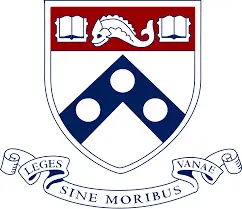

- Acceptance rate: 6%
- Average entry score: 1460-1570 SAT or 33-35 ACT
- Student-to-faculty ratio: 7 to 1
- Estimated cost of attendance (tuition and fees): $65,790
- Average earning potential for graduates: $57,318 (College Factual)
The University of Pennsylvania’s International Relations major offers a detailed understanding of global issues by combining coursework in political science, economics, history, and languages.
This program encourages experiential learning through internships, study abroad programs, and research opportunities, allowing students to apply their knowledge to real-world situations.
Penn’s commitment to producing globally-minded graduates makes it an attractive option for students who wish to pursue careers in diplomacy, international organizations, or academia. The institution’s emphasis on practical experience sets it apart from other programs
Source: Penn Arts and Sciences
#4. Yale University

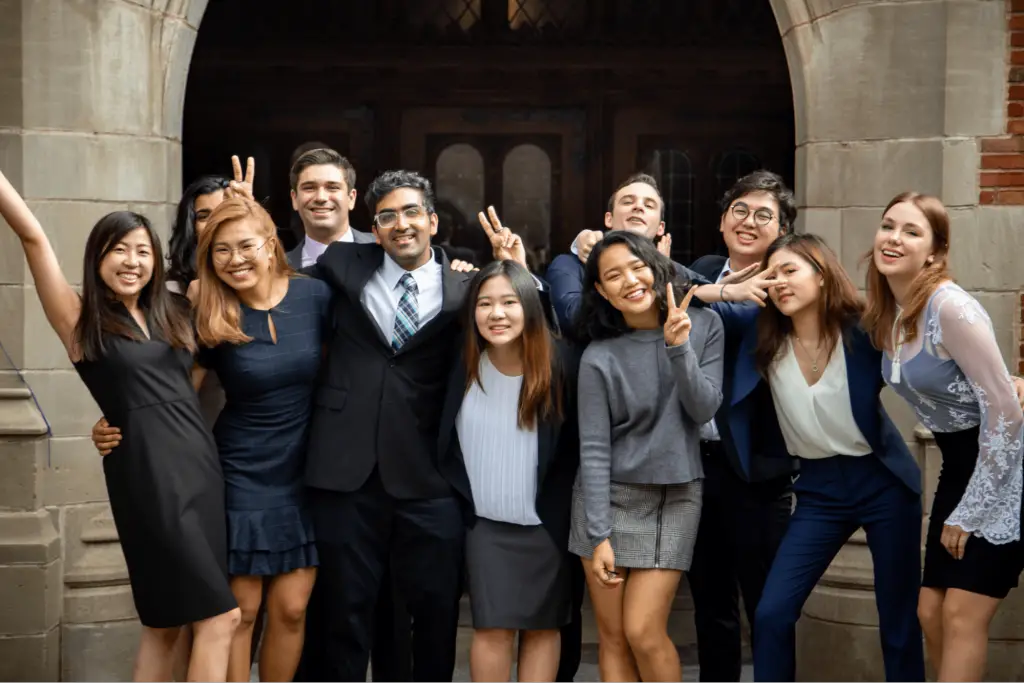
- Acceptance rate: 5%
- Average entry score: 33-35 ACT
- Student-to-faculty ratio: 6 to 1
- Estimated cost of attendance (tuition and fees): $84,525
- Average earning potential for graduates: $69,045 (College Factual)
Yale University’s global affairs major is designed to foster global understanding and critical thinking by combining coursework in history, politics, economics, and foreign languages.
The program focuses on developing research and analytical skills, enabling students to tackle global challenges effectively. Students have the opportunity to participate in study abroad programs and internships, providing valuable hands-on experience in international settings.
Yale’s commitment to cultivating global leaders makes it an ideal choice for those looking to excel in the field of international studies.
Source: Yale University
#3. Stanford University


- Acceptance rate: 4%
- Average entry score: 1470-1570 SAT or 34-35 ACT
- Student-to-faculty ratio: 5 to 1
- Estimated cost of attendance (tuition and fees): $78,898
- Average earning potential for graduates: $60,442 (College Factual)
Stanford University’s International Relations program is renowned for its interdisciplinary learning approach, which combines political science, economics, history, and language studies.
This comprehensive curriculum allows students to develop strong analytical skills and gain a deep understanding of different cultures, preparing them for successful careers in diplomacy, international organizations, NGOs, and academia.
The program’s emphasis on research and real-world problem-solving ensures that students graduate with the necessary skills to navigate the complex world of international relations.
Source: Stanford University
#2. Princeton University
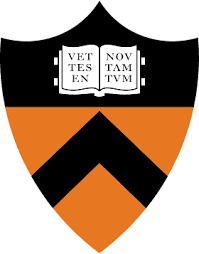

- Acceptance rate: 4.4%
- Average entry score: 1570 SAT or 35 ACT
- Student-to-faculty ratio: 5 to 1
- Estimated cost of attendance (tuition and fees): $78,490
- Average earning potential for graduates: $37,831 (College Factual)
Princeton fosters an interdisciplinary approach to international and public affairs, highlighting political science, economics, history, and languages.
Students can also concentrate on specific regions or global challenges while engaging in study abroad programs, internships, and research projects. Princeton’s distinguished faculty, small class sizes, and personalized advising create a supportive learning environment.
The school’s strong connections to research centers, such as the Liechtenstein Institute on Self-Determination, provide unique opportunities for undergraduate research and collaboration.
Source: Princeton Politics
#1. Harvard University


- Acceptance rate: 4%
- Average entry score: 1460-1580 SAT or 33-35 ACT
- Student-to-faculty ratio: 7 to 1
- Estimated cost of attendance (tuition and fees): $76,963
- Average earning potential for graduates: $51,800 (College Simply)
Harvard’s Government program, specializing in International Relations, integrates political science, economics, history, and languages. Students can concentrate on particular regions or global issues while participating in study abroad programs, internships, and research opportunities.
Harvard’s esteemed faculty, rigorous coursework, and access to resources like the Weatherhead Center for International Affairs make for a top-tier learning environment. The program cultivates well-rounded international relations professionals with strong analytical skills and a deep understanding of global issues.
Source: Harvard University
Conclusion
We have explored top institutions such as Stanford University, Georgetown University, Harvard University, Princeton University, and Tufts University, among others, highlighting their unique programs, faculty, and resources.
The international relations ranking in the top 25 not only offer exceptional academic opportunities but also foster a diverse and global community that prepares students for successful careers in international relations.
We hope this blog post has been a helpful starting point in your search for the perfect institution to pursue your passion for international relations. With dedication and hard work, you can become a part of the next generation of global leaders and make a lasting impact on the world.
Selection Criteria
Here is a list of the factors we considered when selecting the best international relations schools:
Please note that the order in this list might vary by ranking criteria and sources.
- Reputation and ranking of the school: We looked for schools that have a strong reputation and high ranking in the field of international relations.
- Faculty expertise, qualifications, and specialization: We researched the faculty members and their areas of expertise, and qualifications to ensure that the school has professors with relevant expertise and specialization in the areas of international relations that are of interest.
- Curriculum and resources: We evaluated the curriculum to ensure it aligns with students’ interests and career goals and considered the quality of the school’s facilities and resources, such as labs, equipment, and libraries.
- Opportunities for hands-on learning and research: We looked for schools that provide opportunities for hands-on experience through internships, co-op programs, or fieldwork.
- Student support services and alumni network: We considered the availability of support services and the strength of the alumni network in providing mentorship, internships, and job opportunities after graduation.
- Extracurricular activities and diversity: We evaluated the availability of extracurricular activities and clubs that align with students’ interests and considered the school’s diversity and inclusivity.
- Networking and post-graduation support: We researched the school’s network of alumni and their post-graduation support for international relations students, and also considered if the schools have a strong network of industry professionals and researchers in the field of international relations.
You might also like:
- 25 Best Liberal Arts Colleges
- 10 Highest Paying International Relations Jobs To Consider
- 25 Best Social Sciences Schools In The US
- 25 Best Multidisciplinary Schools In The US
- 25 Best Political Science Schools In The US
Frequently Asked Questions
Q1. What are the top schools for international relations in the US?
Some of the best schools for international relations in the US include Georgetown University, Harvard University, Princeton University, Stanford University, and Tufts University.
These institutions offer highly-regarded programs in international relations, political science, and related fields, providing students with a strong foundation in both theory and practice.
Q2. How can I determine which international relations program is the best fit for me?
When choosing an international relations program, consider factors such as the school’s reputation, faculty expertise, course offerings, research opportunities, and internship possibilities.
In addition, think about the campus environment, location, and extracurricular activities available. It’s essential to visit schools and talk to current students and alumni to gain a better understanding of each program’s unique strengths and weaknesses.
Q3. What types of courses can I expect to take in an international relations program?
International relations programs typically cover a wide range of topics, including political science, history, economics, and foreign languages.
Course offerings may include international security, global governance, international political economy, diplomacy, human rights, and conflict resolution. Many programs also require or encourage students to study a foreign language and participate in study abroad experiences.
Q4. What career opportunities are available to graduates of international relations programs?
Graduates of international relations programs can pursue careers in various sectors, including government, non-profit organizations, international organizations, academia, and the private sector.
Potential job titles include diplomat, foreign service officer, policy analyst, intelligence analyst, international development specialist, and global affairs consultant.
Q5. Are there any scholarships or financial aid opportunities specifically for international relations students?
Yes, many schools and organizations offer scholarships and financial aid opportunities for international relations students.
These may be based on factors such as academic merit, financial need, or specific interests within the field. Be sure to research available scholarships and financial aid opportunities at each school you are considering, as well as external sources.
References
[1] Official Websites
[2] Salary Data from Glassdoor, College Factual; College Simply, Zippia
[3] Ranking references including news media such as Colleges Offering an International Relations Major.


